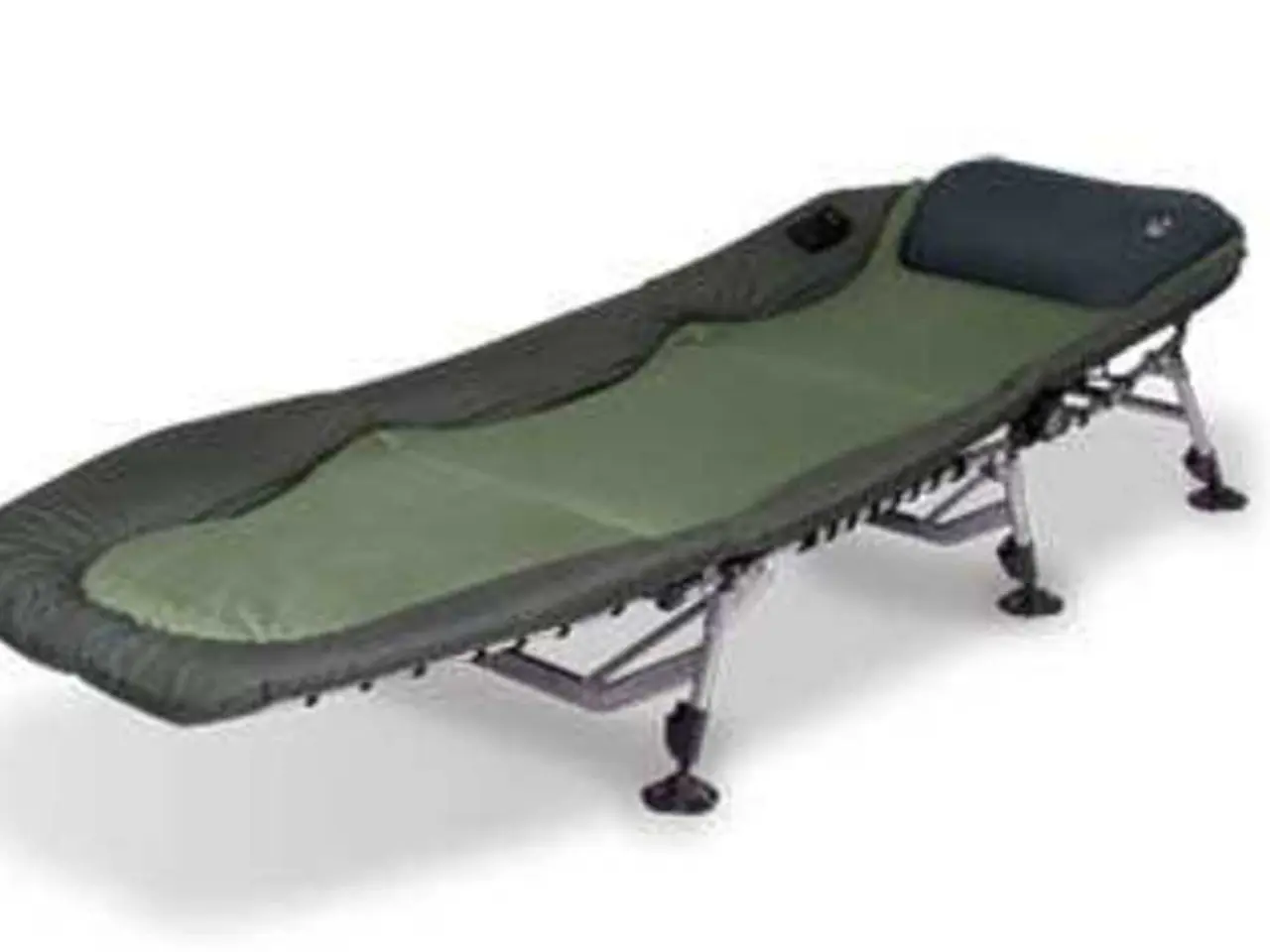Alternative treatments for ankle surgery: Prescription drugs, physiotherapy, and additional options
Ankle injuries and arthritis can cause significant discomfort and impair mobility, but there are various treatment options available. In many cases, non-surgical methods are the first line of defence in managing symptoms and promoting healing.
Non-Surgical Treatments
Physical therapy plays a crucial role in the recovery process. It comprises exercises that strengthen muscles, ensure ankle joint stability, improve flexibility, and mobility. Other non-surgical alternatives include nutritional supplementation, minimally invasive treatments, specialized physiotherapy, bracing and custom orthotics, and ultrasound-guided injections.
Nutritional supplementation with vitamins D and C, and glucosamine can support cartilage repair and reduce inflammation. Minimally invasive treatments, such as targeted injections (including platelet-rich plasma or PRP therapy, and regenerative cell injections from bone marrow or blood), promote the body's natural healing ability. These injections can reduce pain and improve function without surgery.
Specialized physiotherapy and physical therapy, focusing on mobility, strength, and gentle rehabilitation, support recovery without invasive procedures. Bracing and custom orthotics can improve joint stability and reduce stress on the ankle. Ultrasound-guided injections can deliver anti-inflammatory or regenerative agents accurately.
When Surgery is Considered
Surgery is typically considered for severe ankle arthritis when cartilage damage is extensive, causing pain, swelling, and restricted movement not responsive to conservative management. Surgical options include ankle arthroscopy, ankle fusion (arthrodesis), triple fusion, and ankle replacement surgery.
Ankle arthroscopy is used to clean or debride damaged cartilage. Ankle fusion, which removes the damaged joint and fuses bones to create a pain-free but stiff ankle, is typically recommended for severe arthritis or joint degeneration. Triple fusion is used for fusion of several foot joints to correct deformity or treat arthritis. Ankle replacement surgery may be done for severe joint degeneration or post-traumatic arthritis to preserve some joint motion with improved implant designs and techniques.
Surgery is also indicated for structural instability, severe tendon or ligament damage, fractures with non-healing, or deformities that impair function and cannot be managed conservatively.
Important Considerations
Surgery generally requires longer recovery times, involves higher costs, and carries greater risks compared to non-surgical options. It is an important procedure that helps in the treatment of ankle injuries that do not respond to traditional treatment approaches.
Individuals who undergo surgery should be aware of possible complications, including bleeding, infection, damage to tendons, blood vessels, and nerves, and joint stiffness. Physical therapy plays a crucial role in helping individuals return to their daily activities and maintain a healthy lifestyle.
If you are experiencing chronic pain and swelling in the ankles, it is essential to consult a doctor. Ankle arthritis can be one of three types: osteoarthritis, rheumatoid arthritis, and post-traumatic arthritis. Approximately 3.4% of the general population have ankle osteoarthritis.
In some cases, alternative methods may manage a person's symptoms, but surgery may be necessary right away, such as in sports injuries with dislocated ankle fractures. It is always best to consult with a healthcare professional for accurate diagnosis and treatment recommendations.
- For managing symptoms of rheumatoid arthritis and promoting healing, physical therapy is a vital component.
- Specialized physiotherapy, focusing on mobility, strength, and gentle rehabilitation, is a non-surgical alternative for arthritis.
- Nutritional supplements like vitamins D and C, and glucosamine can support cartilage repair and reduce inflammation in chronic diseases.
- Minimally invasive treatments, such as PRP therapy and regenerative cell injections, promote the body's natural healing ability in medical conditions.
- Workplace-wellness programs can include educating employees about chronic-kidney-disease, COPD, type-2-diabetes, and other chronic diseases.
- Eye-health and hearing care are essential components of overall health-and-wellness, especially for people with autoimmune-disorders.
- Fitness-and-exercise and skin-care are vital for maintaining cardiovascular-health and managing weight, respectively.
- CBD, a popular supplement, may help manage pain and inflammation associated with various conditions, including arthritis.
- Skin-care is essential for maintaining healthy skin, particularly for those with skin-conditions exacerbated by chronic diseases.
- In cancer patients, therapies-and-treatments often focus on managing symptoms, preserving quality of life, and improving response to medication.
- In sports injuries, surgeries for severe arthritis may be necessary immediately to stabilize and restore joint function, like ankle arthroscopy.
- Medicare provides coverage for ankle replacement surgery and other treatments for qualifying individuals, ensuring access to necessary care.
- Respiratory-conditions, digestive-health issues, and other chronic diseases can often be managed with a combination of lifestyle changes, medications, and therapies.




